The Role of Letters in Jane Austen's Pride and Prejudice: An Analysis
VerifiedAdded on 2022/09/08
|6
|1307
|16
Essay
AI Summary
This essay examines the critical role of letters in Jane Austen's novel, *Pride and Prejudice*. It argues that the letters are essential for developing the narrative and providing insights into the characters' thoughts, motivations, and relationships. The essay explores how Austen uses letters to reveal character traits, bridge societal gaps, and create dramatic tension. It analyzes the different styles and tones of letters from characters like Elizabeth, Jane, Lydia, Mr. Collins, and Mr. Darcy, demonstrating how these letters contribute to the overall themes of the novel. The essay highlights how the letters provide readers with intimate access to the characters' inner lives, challenging initial perceptions and shaping the readers' understanding of the characters and their actions. The analysis includes how the letters reveal vulnerabilities and complexities, ultimately enhancing the novel's exploration of societal norms, prejudice, and personal growth. The essay concludes that the letters are a significant literary device in *Pride and Prejudice*, offering a unique perspective on the characters' experiences and the dynamics of the society in which they live.
1 out of 6
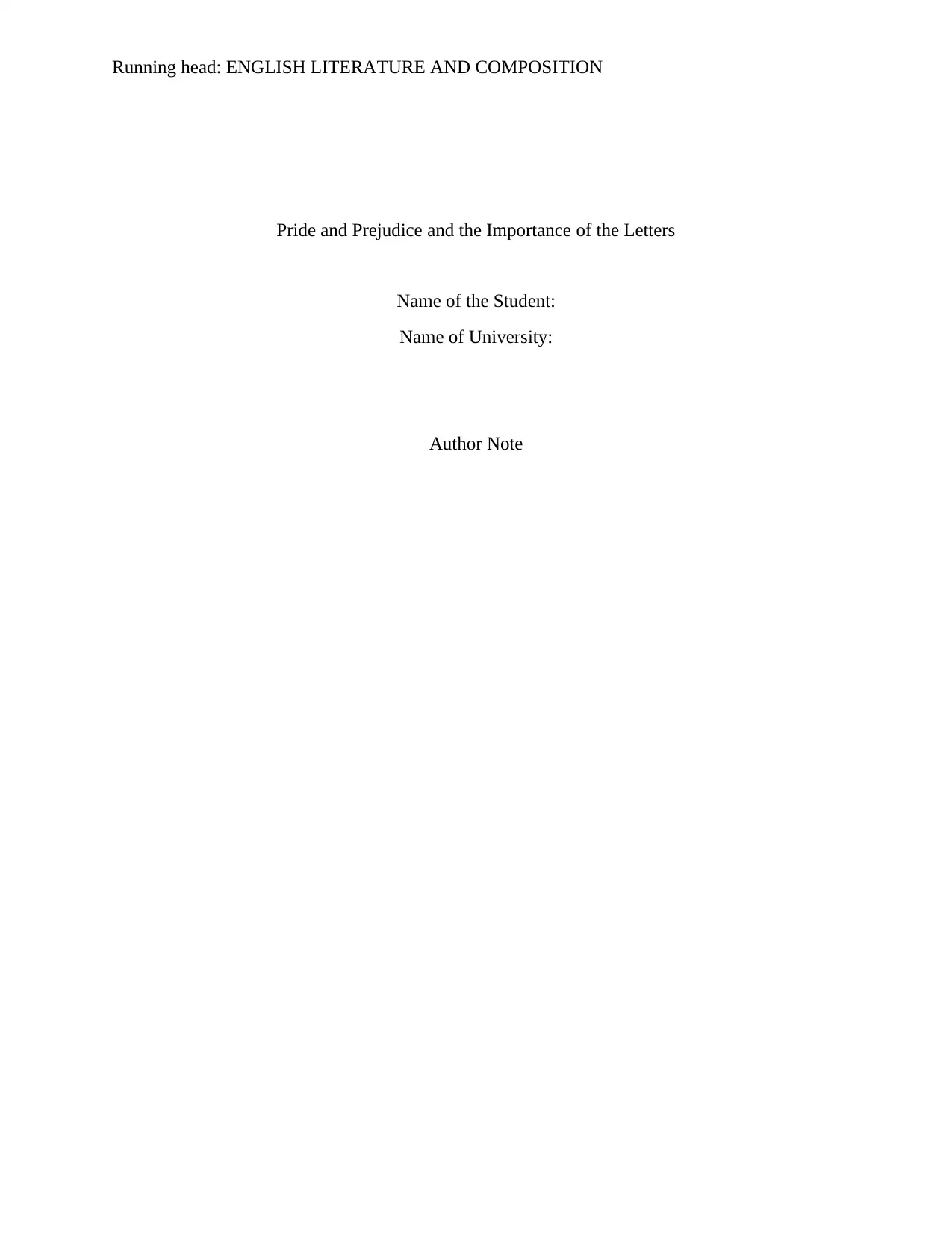
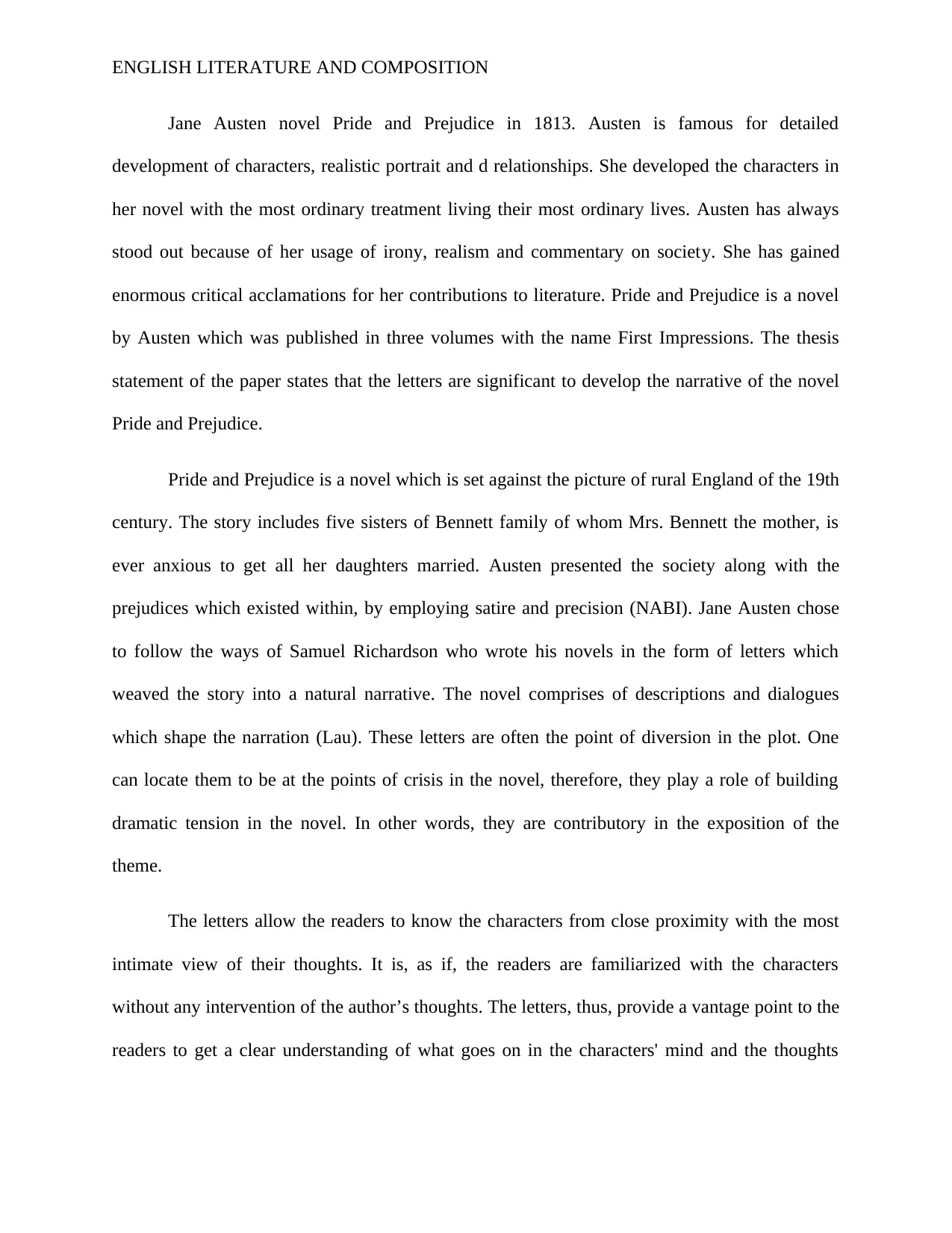
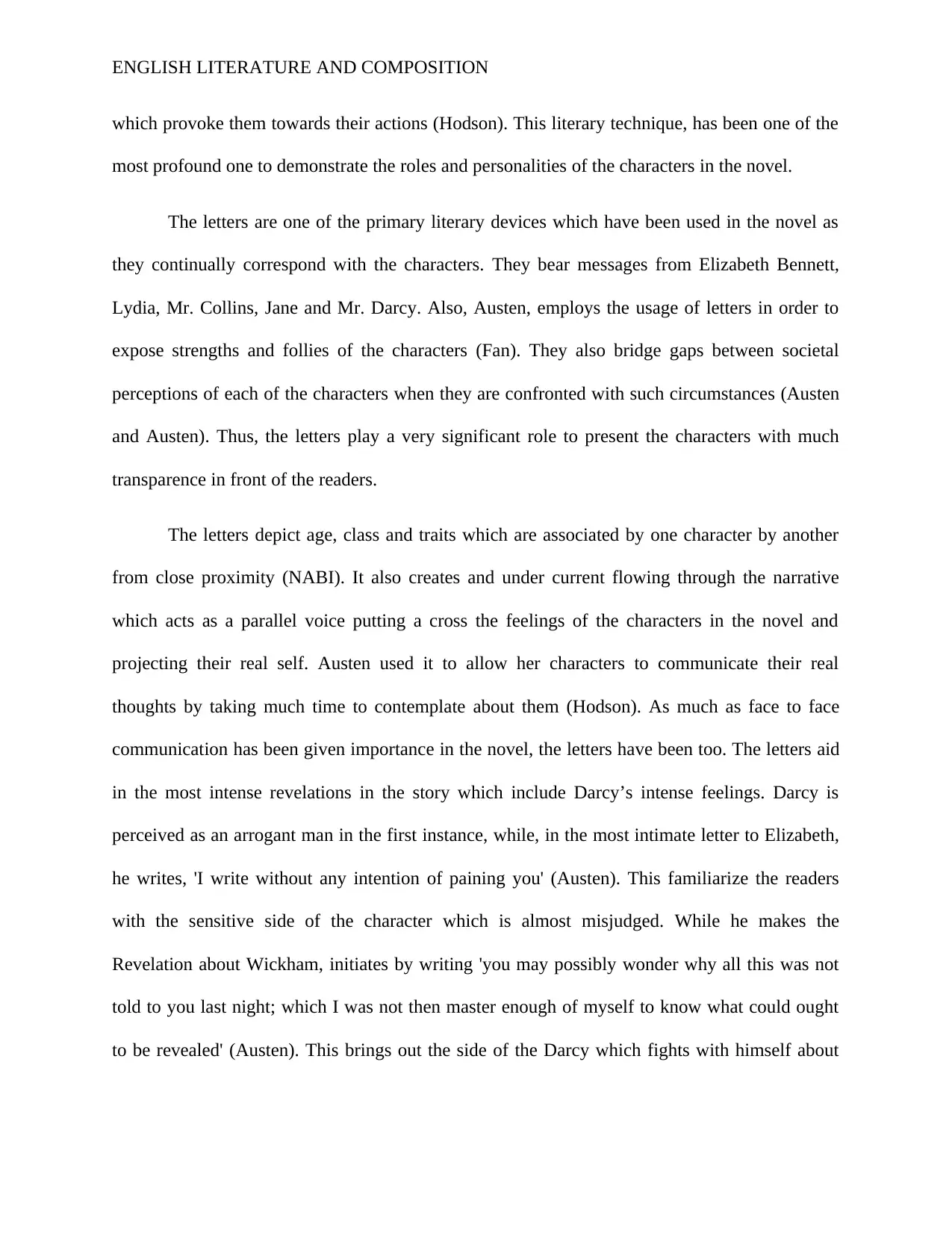
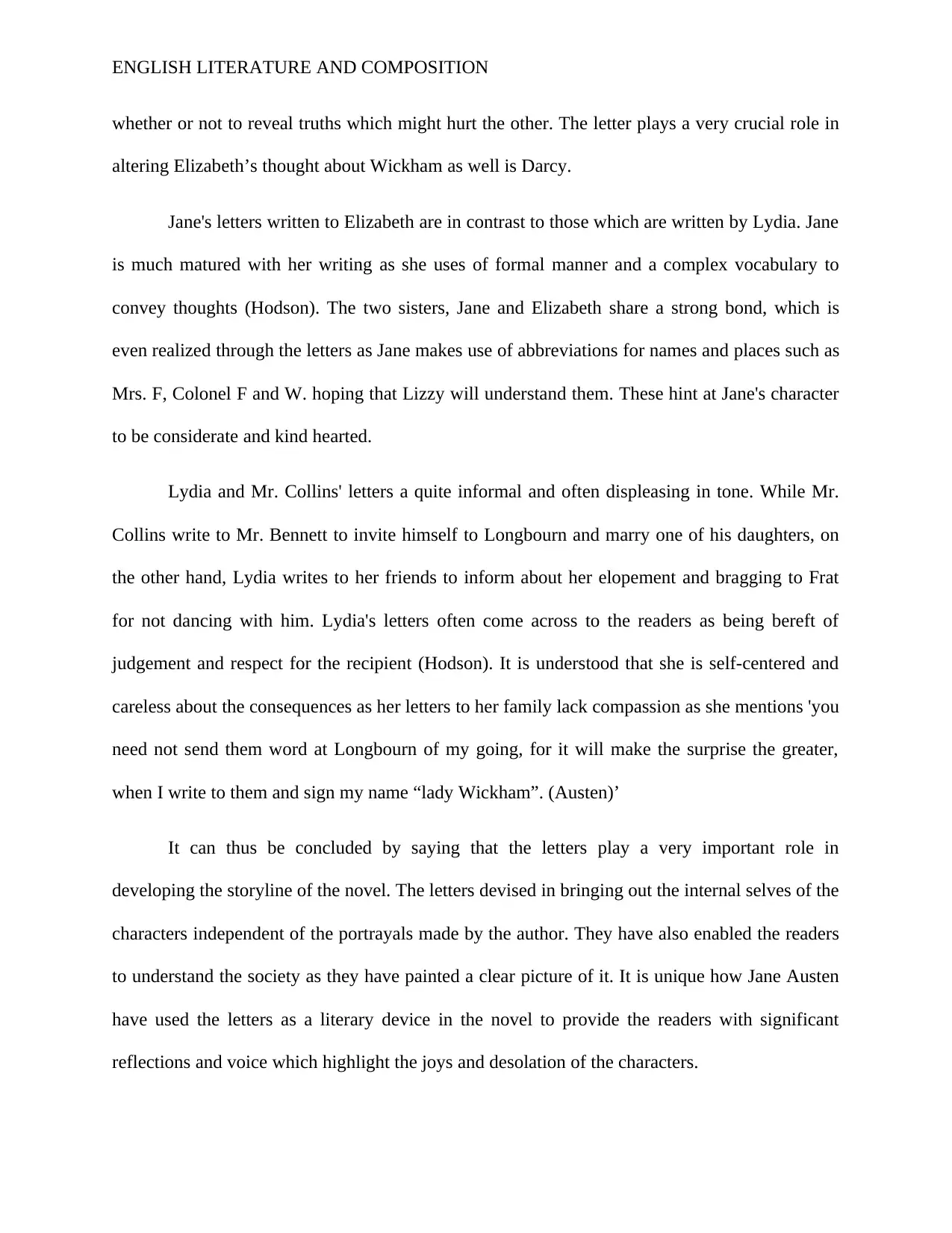

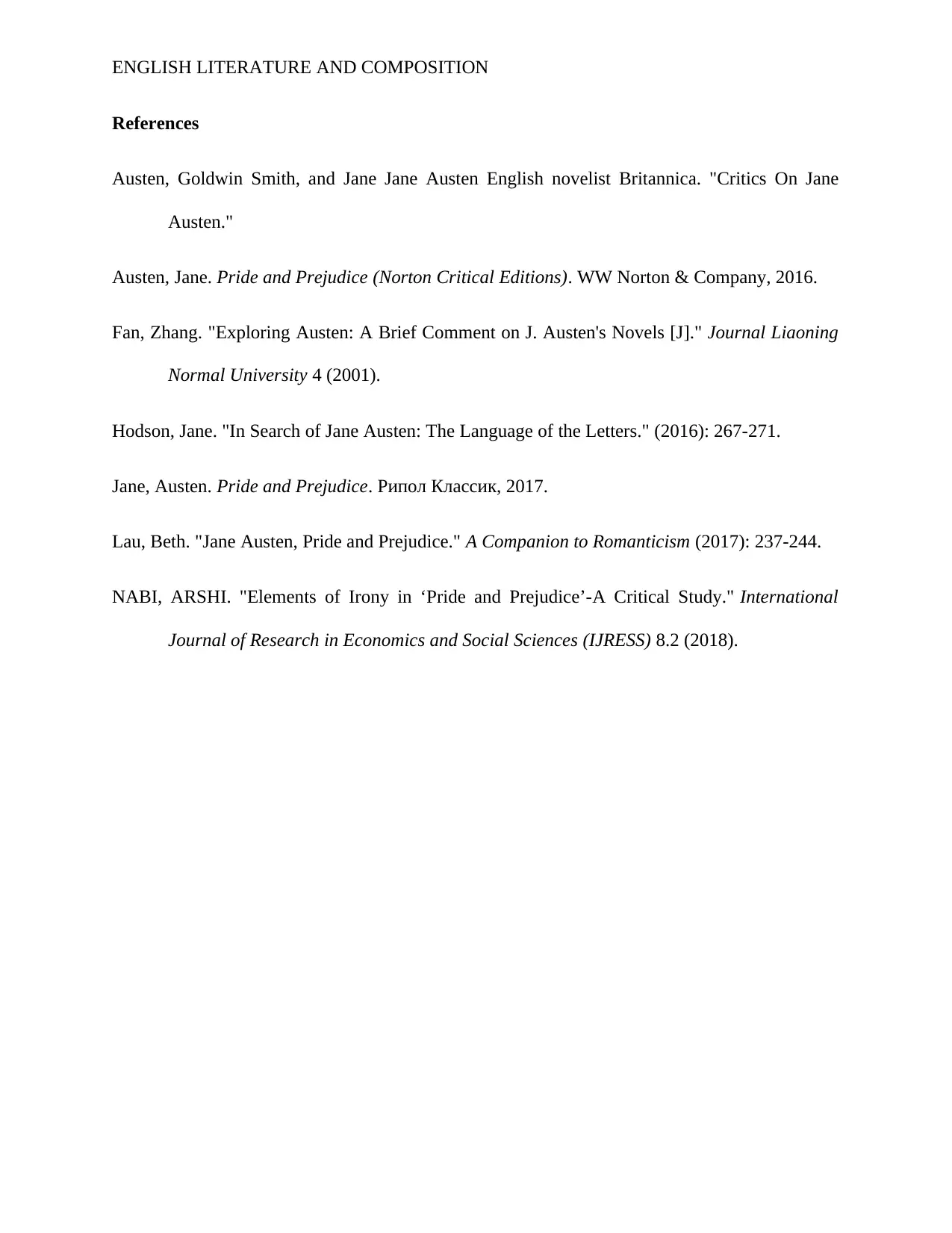






![[object Object]](/_next/static/media/star-bottom.7253800d.svg)